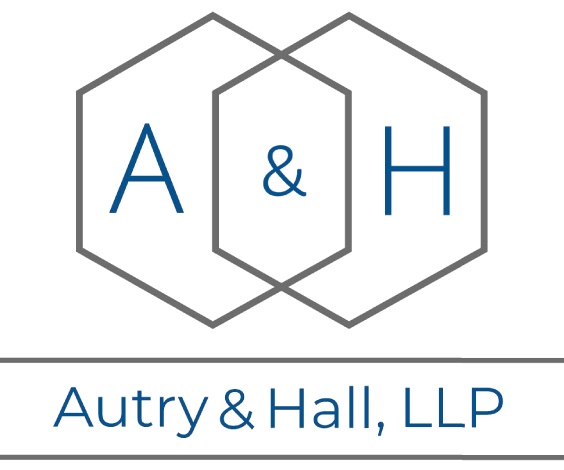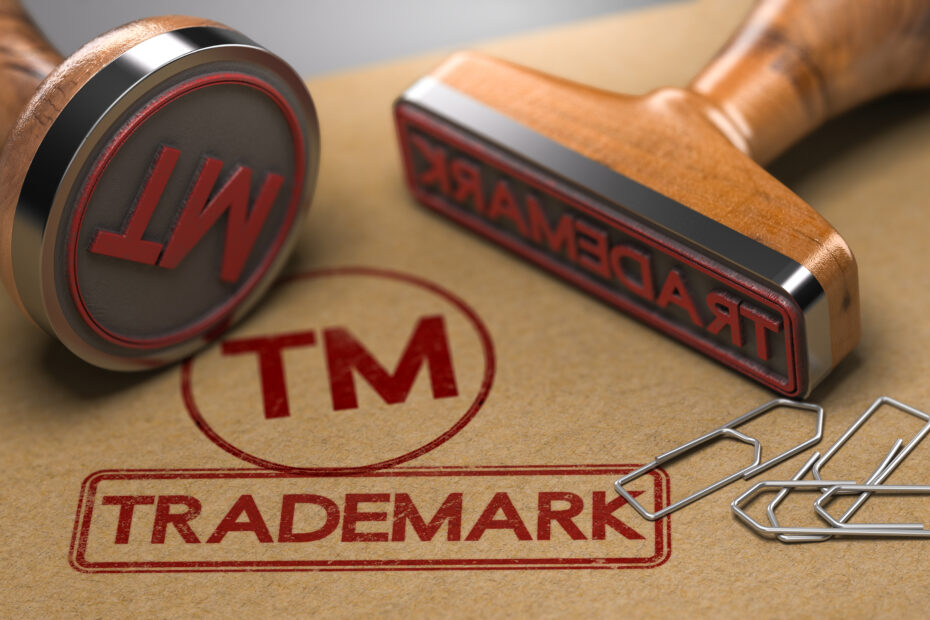Protecting intellectual property such as a trade name, logo, or slogan may not be at the top of a cooperative’s list of priorities, especially a new cooperative. However, moving forward with trademark protection not only diminishes the chances of another organization copying the cooperative’s materials but also assists the cooperative in avoiding accidentally copying the materials of others. This post explores the basics of trademark protection, the benefits it provides, and the steps required to secure and maintain trademark rights. This post focuses on registering trademarks in the United States with the United States Patent and Trademark Office (USPTO).
(Please note that while you are not required to use an attorney to register a trademark, it is highly recommended to obtain the assistance of an attorney familiar with the trademark process.)
Understanding Trademarks
A trademark is a symbol, word, phrase, design, or combination of these elements that identifies and distinguishes the goods or services of one entity from others. For a cooperative group, trademarks can thus protect brand identity, including names, logos, slogans, and any distinctive marks associated with the group’s products, services, or mission. This ensures customers can recognize and trust the cooperative’s offerings while preventing others from misusing the group’s identity. For example, a farming cooperative might decide to sell produce using a certain brand name, or a grocery cooperative may decide to use a distinctive logo associated with its products.
Why Trademarking Is Important
- Brand Protection: A registered trademark legally protects the cooperative’s identity from being copied or used by competitors or unauthorized parties.
- Consumer Trust: A trademark reassures consumers about the authenticity and quality of the group’s offerings.
- Legal Recourse: Trademarks provide grounds for legal action against infringement or misuse.
- Market Advantage: A distinctive trademark can enhance the cooperative’s reputation and differentiate it in the marketplace.
What Materials Can Be Trademarked?
For a cooperative group, the following items are common candidates for trademarking:
- Name: The official name of the cooperative or its programs. For example, Green Power EMC in Georgia has trademarked “Spark Energy Education Program” in connection with education programs about renewable energy use.
- Logo: The graphic representation of the cooperative’s brand. An example is the logo of Ace Hardware, a retailer-owned cooperative.
- Slogan: A tagline that captures the group’s mission or values.
- Design Elements: Unique packaging, fonts, or color schemes associated with the brand. An example is the packaging and color schemes used by Land O Lakes for their products.
- Product Names: Specific names used for the cooperative’s products or services.
Key Considerations Before Filing for Registration
Trademarks are generally granted to materials that are distinctive, non-generic, and used in commerce. Certain standards must be met, meaning that not every mark can be registered with the USPTO. Importantly, the mark (whether a logo, a phrase, or packaging) must be associated with specific goods or services. Careful research and planning are required, as the USPTO will reject filings that don’t meet their standards.
- Distinctiveness: Ensure the trademark is unique and not generic or merely descriptive. Examples of generic marks are “The Bicycle Store” or “The Bagel Shop.” Examples of merely descriptive marks are “Best Milk” or “Apple Pie Candle.”
- Prior Use: Confirm that no similar trademarks exist by conducting a thorough search of trademark databases, such as the USPTO database. This step will also ensure that the cooperative does not use a logo or name too similar to a logo or name already in use by another organization. We also recommend performing Internet searches as well, since another organization could be using a similar logo or name without having registered it.
- Strength of Trademark: The stronger the mark, the less likely others will use a similar mark or will risk infringing your cooperative’s mark. Stronger marks use invented words (think Exxon or Pepsi) or words that have no association with the product or service (such as Amazon).
- Purpose and Longevity: Assess the long-term significance of the material being trademarked and its alignment with the cooperative’s mission.
The Trademarking Process
- Preliminary Research:
- Conduct a trademark search as described above.
- Verify that the desired trademark is not already in use or too similar to an existing one.
- Application Filing:
- Choose the appropriate class of goods or services under which the trademark will be registered with the USPTO. This categorization ensures the trademark protects the relevant materials. The USPTO maintains a list of categories that must be used.
- Prepare and apply with all required documentation, including a clear depiction of the trademark and its intended use. Applications can typically be submitted online.
- Review and Examination:
- The USPTO will review applications to ensure compliance with requirements.
- A USPTO examiner will be assigned to your application and may raise objections or request additional information. Objections are relatively common, so do not be surprised if additional work is required.
- In some cases, your cooperative will need to amend its application to meet an objection, which can add time and complexity to the filing process.
- Deadlines are important, and the cooperative must monitor the status of its application and not depend on communications from the USPTO.
- Approval and Publication:
- Once approved, the trademark is published for public review. During this period, third parties can challenge the application, although this does not commonly occur.
- Registration:
- After resolving any opposition, the trademark is registered. The cooperative receives a certificate of registration as proof of ownership.
Maintaining a Trademark
- Continuous Use: Trademarks must be actively used in commerce. Failure to do so can result in loss of rights.
- Renewals: Trademarks require periodic renewal, typically every 10 years, to remain valid.
- Monitoring for Infringement: The cooperative must monitor the market to identify unauthorized use of its trademark and take prompt action when necessary. Failing to object to another organization’s use could lead to later difficulty in claiming infringement.
- Updating Information: Notify the USPTO of any changes to ownership, address, or usage details. In some cases, forms must be filed, such as with transfer of ownership.
Practical Tips for Cooperatives
- Start Early: Begin the trademark process as soon as possible after determining the cooperative wants to use a logo, distinctive brand name, etc..
- Work with Experts: Consult trademark attorneys or specialists (such as trademark search firms) to ensure compliance with legal and procedural requirements. This is important for both the search and the registration phase, and will ultimately save the cooperative money, time, and headaches.
- Educate Employees: Training cooperative employees on the importance of trademarks and their role in maintaining brand integrity.
- Establish Branding Guidelines. Cooperative employees can use branding guidelines to maintain the effectiveness of trademarks. For example, the guidelines can require employees to use the correct trademark symbol and establish how logos or brand names should be used in marketing materials, websites, and external communications.
Conclusion
Trademarking is a crucial step for cooperatives looking to protect their identity, build consumer trust, and maintain a competitive edge. By understanding the process, addressing key considerations, and maintaining their trademarks, cooperatives can safeguard their branding materials and strengthen their overall impact in the marketplace. Investing time and resources into trademarking ensures the cooperative’s efforts and values are preserved for the long term.
If your cooperative has questions about trademarks, please call or email Roland Hall at (404) 406-8594 or [email protected]
This post is for informational purposes only and does not constitute legal advice. Viewing this content does not create an attorney-client relationship.

